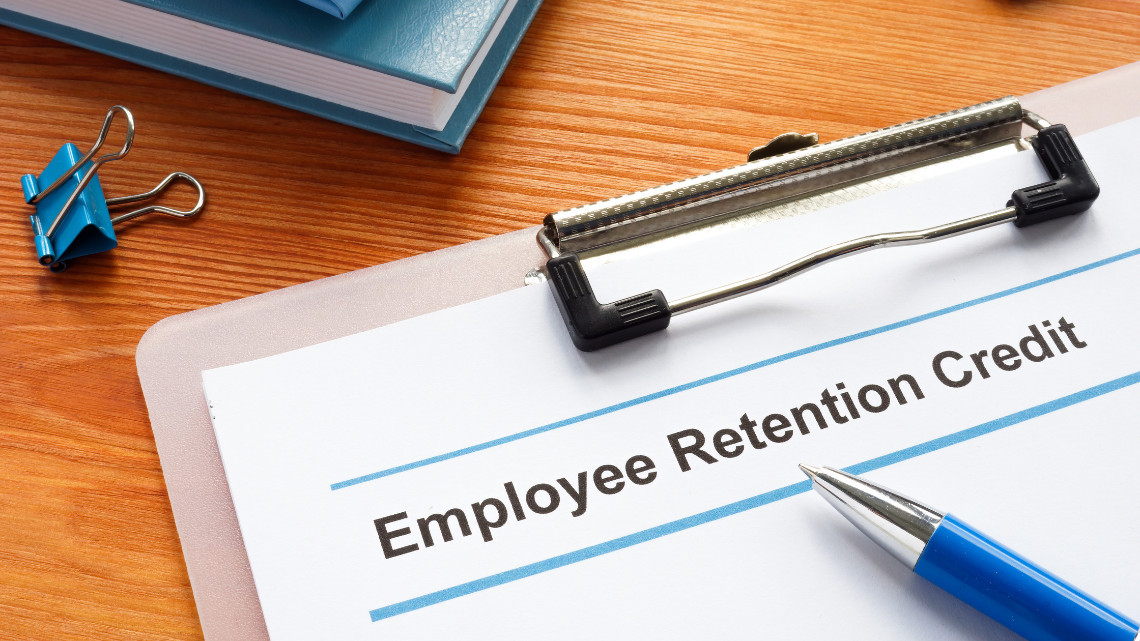
Navigating the Employee Retention Credit: A Guide to Claiming Relief in 2023
December 6, 2023
SBAM Note: SBAM has vetted two vendors to help small businesses claim the Employee Retention Credit. Click here to learn more.
The Employee Retention Credit (ERC) has emerged as a crucial lifeline for businesses grappling with the aftermath of the COVID-19 pandemic. As deadlines loom on the horizon, it becomes imperative for businesses to grasp the intricacies of the ERC, ensuring a correct and timely claim.
Enacted as a part of the Coronavirus Aid, Relief, and Economic Security (CARES) Act in March 2020, the ERC is a refundable payroll tax credit designed to aid employers navigating the challenges brought about by the pandemic. Specifically targeted at small eligible employers, it alleviates the financial burden associated with retaining staff and meeting payroll obligations during these trying times.
Originally slated to expire in September 2021, the ERC was extended through legislative measures, allowing qualified businesses to retroactively claim the credit in 2023. Businesses must submit IRS Form 941-X, used for corrections to initially file Form 941s, within three years of the original payroll tax returns.
The Internal Revenue Service (IRS) has stipulated that Forms 941 for a calendar year are deemed filed on April 15 of the succeeding year if submitted before that date. Consequently, Forms 941-X for eligible quarters in 2020 must reach the IRS by April 15, 2024, while the deadline for claiming ERC funds for eligible quarters in 2021 is April 15, 2025.
Eligibility for the ERC hinges on two main requirements. Employers must demonstrate a significant decline in revenue, with total revenues for specific quarters in 2020 dropping by at least 50% compared to the same quarter in 2019. Similarly, for quarters in 2021, a 20% is the qualifying threshold.
Businesses facing government-mandated shutdowns, experiencing a substantial reduction in gross receipts, or qualifying as recovery startup businesses with sales under $1 million may also be eligible.
Calculating the ERC involves comparing gross receipts for specific quarters in 2020 and 2021 against the corresponding quarters in 2019. The threshold for eligibility varies, with a 50% decline required for 2020 and an 80% decline for 2021.
As a payroll tax credit, the ERC allows eligible employers to receive refunds for already paid taxes, providing much-needed relief for small businesses, and helping them retain their workforce. Businesses must ensure they meet IRS qualifications before filing for the credit retroactively using Form 941-X.
Source: https://www.irs.gov/coronavirus/employee-retention-credit
By Linda Olejniczak, courtesy of SBAM-approved partner, ASE.
Click here for more News & Resources.